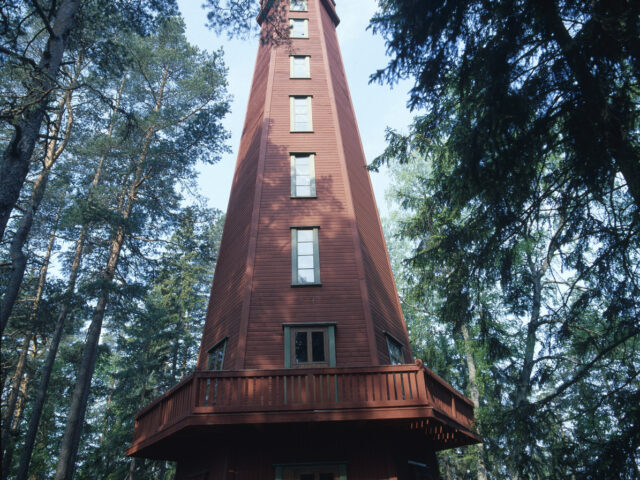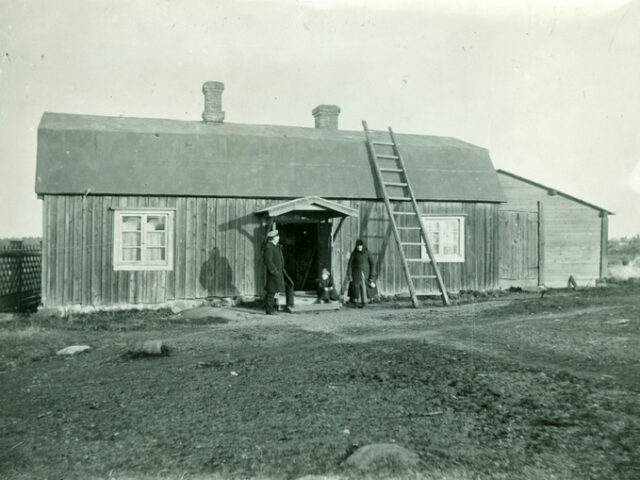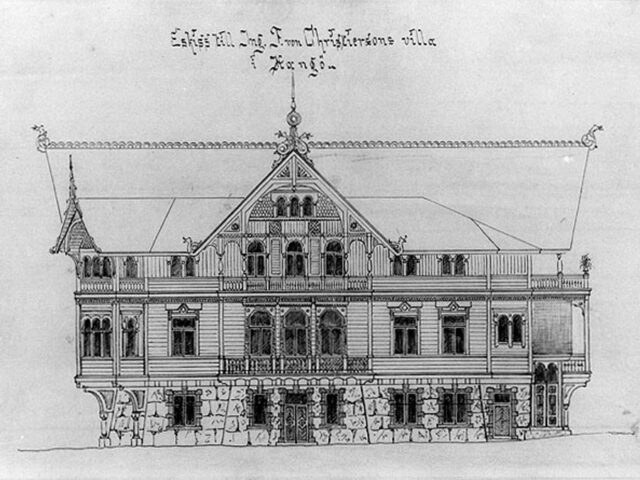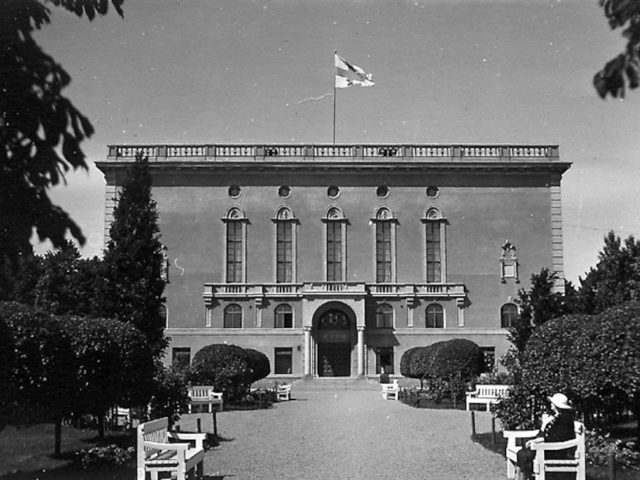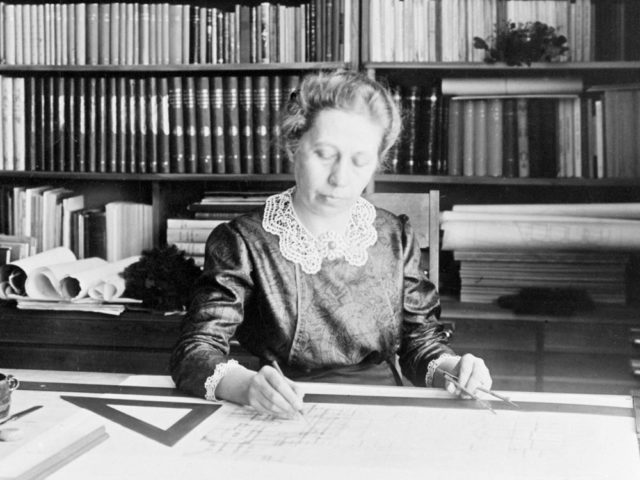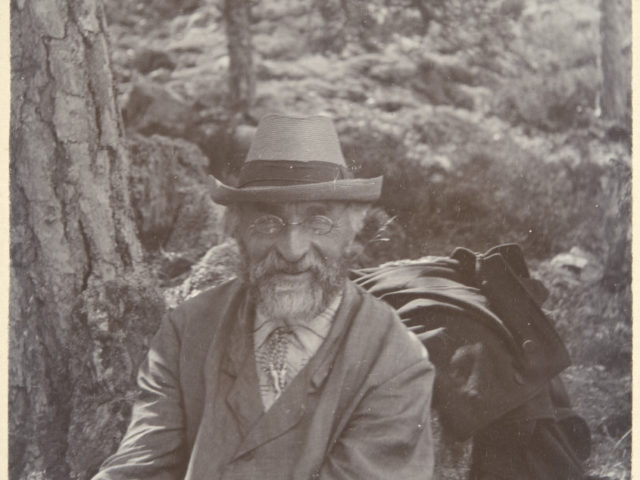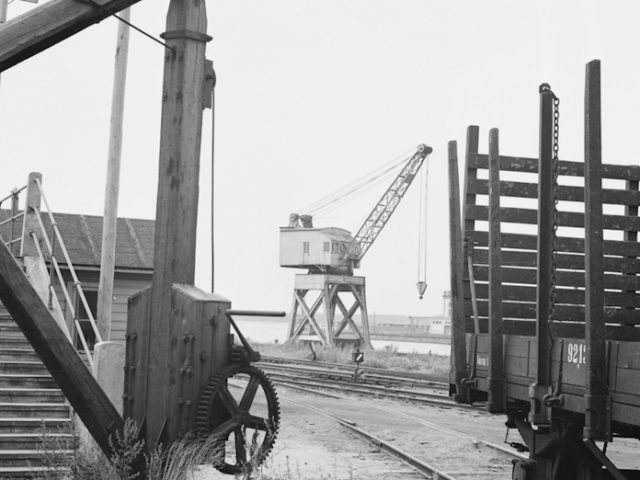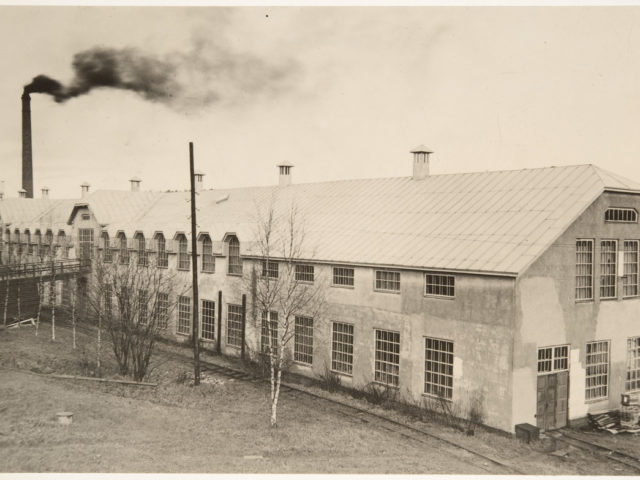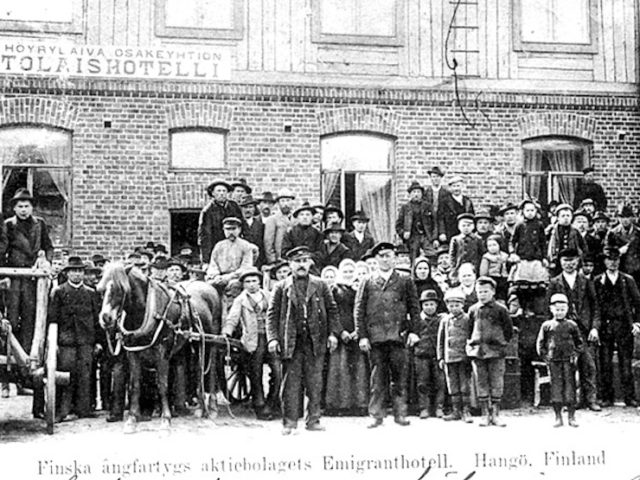In 1924, the Finnish Tourist Association urged Finns to build observation towers in scenic areas. The influential people in Southwest Häme started to do everything. The opening of Tammela's Kaukolanharju lookout tower was celebrated in July 1926. In the festive speeches, it was hoped that the lookout tower would develop our sense of beauty as well as refine our inner man, and teach us to respect God, love our neighbors and our home region, and the whole country. The landscape from the observation tower inspired at least the artist Albert Edefelt, who painted one of the most famous Finnish landscape paintings ?Kaukolanharju at sunset?.
View moreThe Hanko museum was founded as early as 1907, although the beginning was a bit rocky. Tammisaari had its own museum established in 1906, so Hanko had to have one as well. The beginning of the 20th century was a lively time in the museum field in Finland anyway. It was important to highlight Finland's distinctive features amidst the Russification attempts at the beginning of the century. The museum started its operations in Fohlin's hut on Korkeavuorenkatu.
View moreThalatta! Thalatta! Greek warriors shouted for joy this word for the sea 400 years before the end of time. The poorly run military expedition turned into a relief when they saw the homely shores of the Black Sea. A couple of thousand years later, even in Hanko you can shout for joy Thalatta! Then you will say hello to a wonderful wooden villa on the southern slope of Vartiovuori right by the sea.
View moreHanko City Hall was completed in September 1926. The building was designed by Armas Lindgren and Bertel Liljequist. Activities in the town hall were lively. There were concerts, plays, dance performances and lectures. Of course, there was also an entire city administration building. In 1941, a continuation war broke out, and Russian troops blew up the town hall as they retreated from the city in December. The current town hall was completed in 1951.
View moreWivi Lönn (1872? 1966) was a prolific architect, whose buildings include e.g. From Helsinki, Tampere and Jyväskylä. She ran her own architectural firm, the first woman in Finland, and designed e.g. several school buildings. For example, he designed the wooden part of Edvin Laine's school in Iisalmi in the early 20th century.
View moreThe Tvärminne Zoological Station was founded by Johan Axel Palmén, Professor of Zoology, in 1902. His goal was to establish a marine field station in an area with a diverse environment and thus good opportunities for research. After his death, the position was transferred as a will to the University of Helsinki in 1919.
View moreThe oldest surviving crane in Hanko Harbor was commissioned in July 1911. Ransomes & Rapier Ltd in London delivered the parts and the engineering firm Zitting & co from Helsinki assembled it. The crane was renovated in 2020.
View moreBillnäs is part of the historic ironworks area of southwestern Finland and is the third oldest in Finland, Rautaruukki. Billnäs Ruukki was founded in 1641 by Carl Billsten with the permission of the Swedish krona. The historic Kuninkaantie runs through Ruukki's Mustionjoki River and the other bank of the river. In the heart of the ironworks area, industrial activity largely ceased in the 1980s. Today, the area is owned by Billnäsin Ruukki Oy. The company is developing the area into a center for tourism, events and teleworking, respecting history.
View moreHanko was the most important Departure City for migrants at the turn of the 19th and 20th centuries. About 250,000 Finns went through the port of Hanko in search of new life. Accommodation capacity in Hanko has always been a problem, and in the early 20th century, there were particularly many immigrants in Hanko who stayed here for a night or two before continuing their journey through England to the United States. The Finnish Steamship Company, which was responsible for the migrants' journey from Finland, decided to build a migrant hotel on the Boulevard in 1902.
View more
